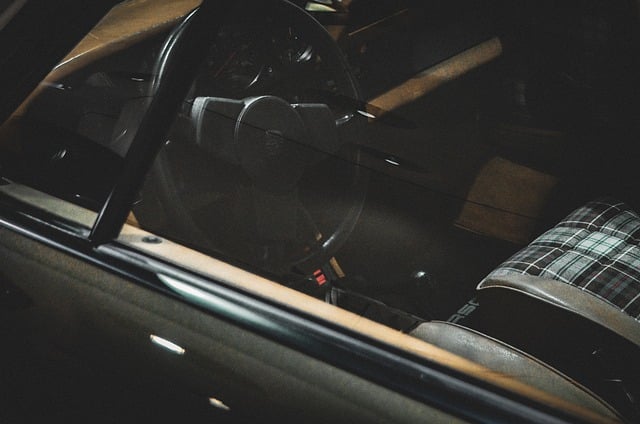
Who Was Erik Satie?
Ah, Erik Satie, the man who dared to be different in a world of musical conformity. Born in 1866, Satie was not your average composer. He didn’t just stroll into the Paris Conservatoire and start composing symphonies like a well-behaved music student. No, he took a detour through the Schola Cantorum, Paris’s second music academy, where he flourished as a mature student. Because who doesn’t love a good plot twist in a composer’s biography?
Satie’s Unconventional Style
Satie’s music was like that quirky friend who shows up at a party wearing a beret and carrying a ukulele. He broke away from the lush, post-Wagnerian impressionism that dominated his time, opting instead for a style that was spare and, dare we say, refreshingly simple. His works, such as the Gymnopédies, are characterized by a calmness that feels like a gentle breeze on a hot summer day. Not a bad vibe, right? 🌬️
The Influence of Satie
As Satie composed, he unknowingly became a beacon for a new generation of French composers. His unconventional approach attracted many young musicians, including the likes of Maurice Ravel, Claude Debussy, and Francis Poulenc. Imagine a musical magnet, pulling in the best talent of the time. Satie was that magnet, and his influence can be traced all the way to modern composers like John Cage and John Adams. Talk about a legacy!
A Little Background
Before becoming the avant-garde icon we know today, Satie didn't have the most traditional upbringing. His father, a composer himself, didn’t enroll him in school. Instead, he took him to lectures at the Collège de France and hired a tutor for Latin and Greek. Because why not throw in some ancient languages while you’re at it? In a twist of fate, Satie also had to deal with his father marrying a piano teacher, Eugénie Barnetche, when Satie was just twelve. Talk about family drama! 🎭
Why Satie Matters
Satie may not have been a household name in his time, but his impact on the music world is undeniable. He challenged the norms and opened the door for future composers to explore new territories. His works invite listeners to experience music in a more introspective way, making them feel like they’re floating on a cloud of sound. So, next time you hear a piece by Satie, remember: you’re not just listening to music; you’re participating in a revolution.
Conclusion
In a world where everyone seems to be chasing the latest trends, Erik Satie reminds us that sometimes, less is more. His unique style, unconventional background, and lasting influence make him a fascinating figure in music history. So, whether you’re a classical music aficionado or a casual listener, take a moment to appreciate the genius of Satie. After all, who wouldn’t want to be a part of a musical legacy that encourages originality and creativity? 🎶

















 Home Maintenance Checklist by Month
Home Maintenance Checklist by Month 
 Health
Health  Fitness
Fitness  Lifestyle
Lifestyle  Tech
Tech  Travel
Travel  Food
Food  Education
Education  Parenting
Parenting  Career & Work
Career & Work  Hobbies
Hobbies  Wellness
Wellness  Beauty
Beauty  Cars
Cars  Art
Art  Science
Science  Culture
Culture  Books
Books  Music
Music  Movies
Movies  Gaming
Gaming  Sports
Sports  Nature
Nature  Home & Garden
Home & Garden  Business & Finance
Business & Finance  Relationships
Relationships  Pets
Pets  Shopping
Shopping  Mindset & Inspiration
Mindset & Inspiration  Environment
Environment  Gadgets
Gadgets  Politics
Politics 